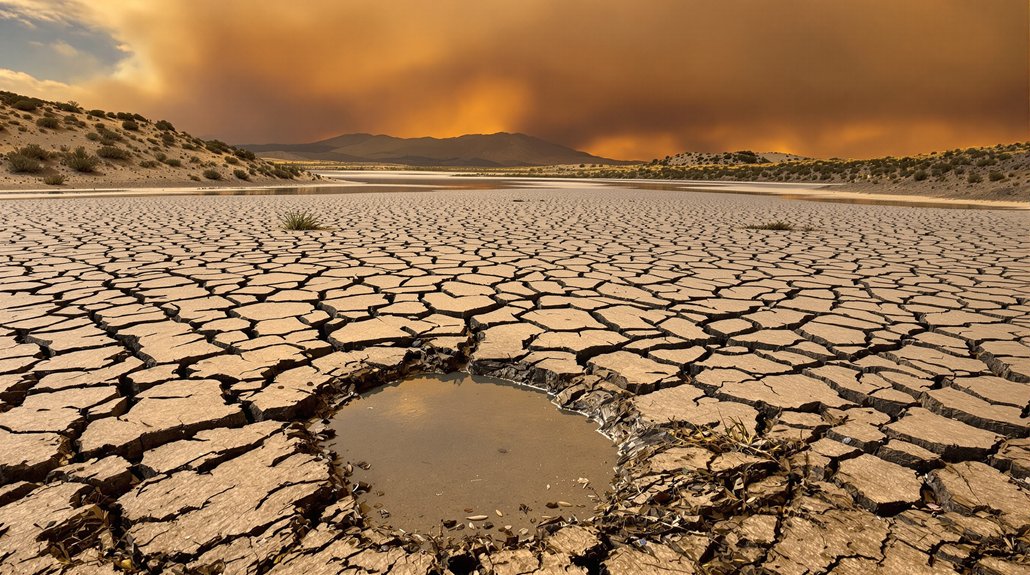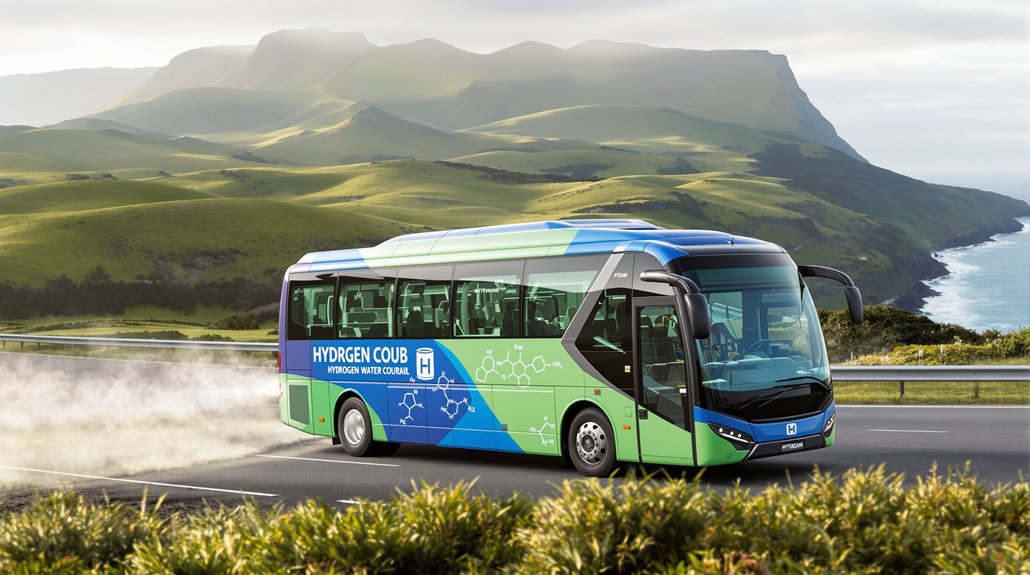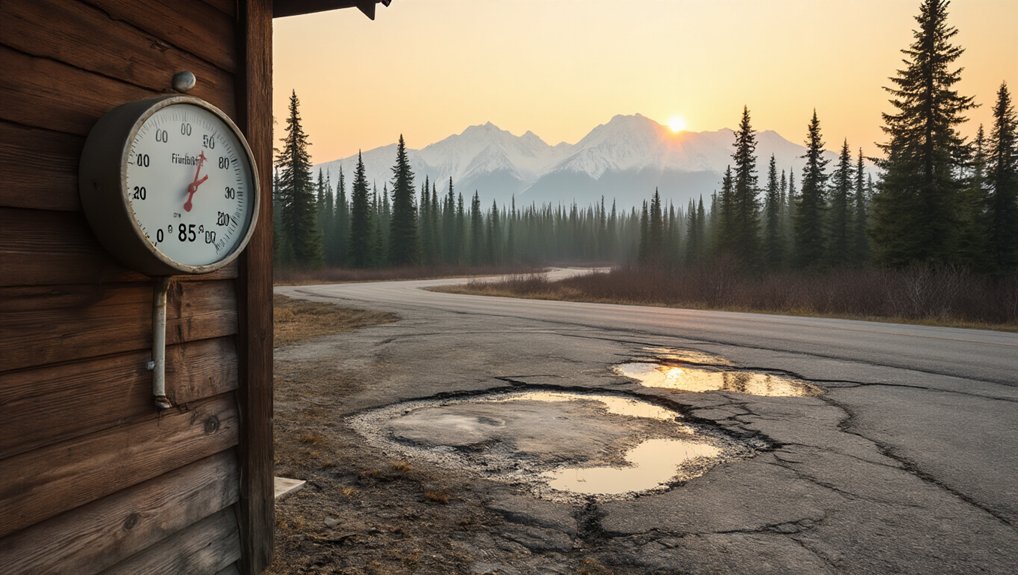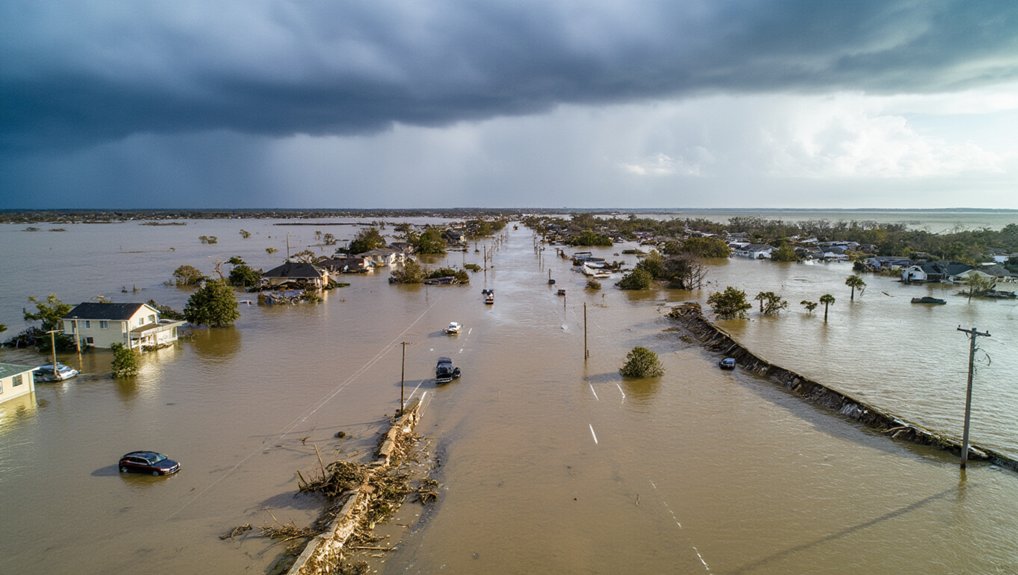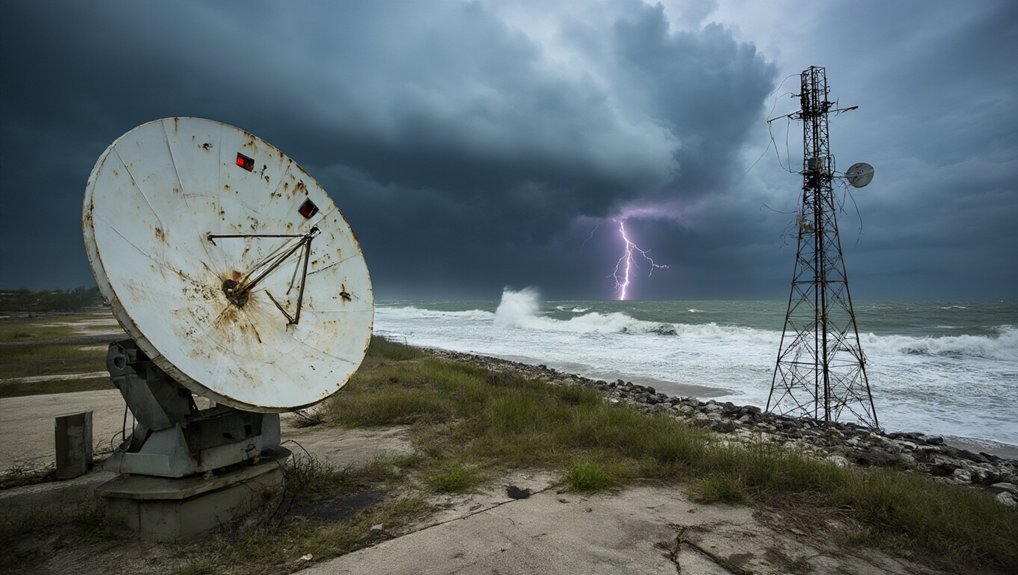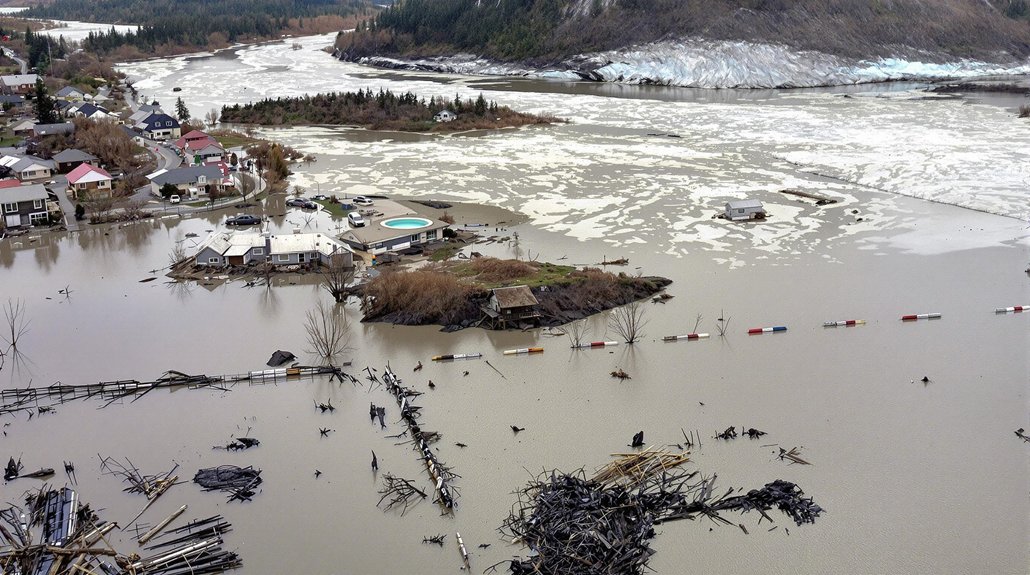While the rest of the nation fixates on summer travel plans, Northwestern Colorado faces a water nightmare of historic proportions. Seven percent of the state now suffers under “exceptional drought” conditions—the worst category possible. That’s not some minor inconvenience. It’s a once-every-half-century disaster.
The numbers tell the brutal story. Statewide streamflows crawl at half their normal rate. Snowpack? Gone. The Upper Rio Grande sits at a pathetic 1% of median snow water equivalent. Not a typo—one percent. Rivers are shriveling faster than a swimsuit left in the Sahara.
The West’s water crisis isn’t just statistics—it’s a desiccated landscape where rivers die and snowpack vanishes into thin air.
Water managers are scrambling, holding weekly emergency meetings just to figure out how to distribute what little water remains. Good luck with that. Nearly half the state is experiencing some level of drought, with the western counties taking the hardest hit. Water cutbacks are the new normal. Deal with it.
Meanwhile, the wildfire situation is exactly what you’d expect when everything’s bone dry. The state predicts around 6,000 wildfires this year—they’re calling this “normal.” Normal? Right. Southwest Colorado faces “above normal” fire potential this June. Translation: things will burn. The five wildfires currently burning on the Western Slope have already consumed hundreds of square miles. This environmental crisis is worsened by transportation emissions that contribute to climate change and deteriorating air quality.
The timing couldn’t be worse. Summer 2025 has already brought higher-than-normal temperatures, and the typical afternoon monsoon rains decided to take a vacation. Garfield and Rio Blanco counties are among the hardest hit areas. Climate change and high demand created the perfect drought cocktail. Bottoms up!
The economic punch is landing hard. More than 1.4 million residents are feeling the squeeze. Farms suffer. Recreation businesses struggle. The mighty Colorado River, supplying water to nearly 40 million people, has been in shortage since 2021.
The Southwest is entering “Tier 1 Shortage” for 2026, forcing mandatory cutbacks for Arizona and Nevada. Colorado’s problems quickly become everyone else’s downstream. When paradise gets this parched, nobody escapes the heat.
References
- https://phys.org/news/2025-08-western-colorado-epicenter-drought-hot.html
- https://coyotegulch.blog/2025/08/17/western-colorado-is-at-the-epicenter-of-drought-as-a-hot-dry-summer-saps-water-supplies-and-fuels-wildfires-streamflows-are-at-less-than-half-of-normal-levels-statewide/
- https://www.drought.gov/drought-status-updates/drought-status-update-intermountain-west-2025-05-20
- https://www.kunc.org/news/2025-08-15/the-colorado-river-is-in-a-shortage-again-amid-mounting-calls-for-long-term-changes
- https://www.cpr.org/2025/05/27/drought-conditions-likely-to-get-worse-in-colorado-as-western-water-supplies-shrink/
